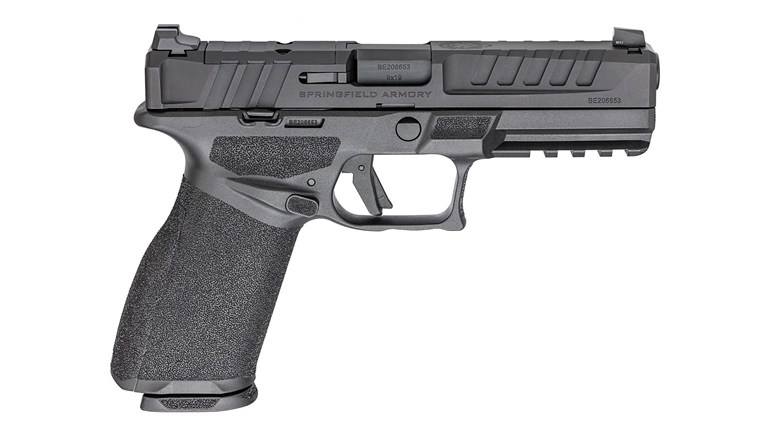
Under the header “Ammunition Registration,” New York state, as of last September, began requiring background checks for all ammunition purchases. Six states, including New York, now have laws that require background checks on ammunition sales—the others are California, Connecticut, Illinois, Massachusetts and New Jersey.
Sellers are required to keep information on the purchaser. These records create another way for these states to create registries of gun owners.
Some states have even considered forcing gun makers to use “microstamping” technology that would theoretically print a tiny traceable serial number on any primer punched by a firing pin. The technology is patented, but it is also unproven, has loads of problems and could be defeated by anyone with a nailfile; nonetheless, it still has been a gun-control pipedream for years.
The mainstream media has been so disinterested in telling people the truth about all of this for so long that many, perhaps even some people of good will, are jumping to silly conclusions about using ammunition as a means for more gun control.
A recent letter from a reader published in The Baltimore Sun is a good example. In writing the piece, author C. Harvey of Cockeysville, Md., wrote: “With ghost guns and the number of Baltimore youths getting access to guns growing in general, what’s the one thing they all require? Ammunition. So, while the guns themselves can’t be easily tracked, it would seem the common item they all require is ammunition. So why can’t Maryland, and really all states, require ammunition manufacturers to code all bullets to be micro-encoded to identify the ammunition and dealers who sell the ammunition to identify every person to whom it is sold?”
This gentleman has been conned by the mainstream media and anti-gun politicians into believing hardware is the problem, not the criminal element in our society.
That said, according to the NRA Institute for Legislative Action, the most-common form of proposed microstamping on firearms involves using a laser to etch a unique microscopic alpha-numeric code onto the tip of a firing pin. This has proven to be a completely unworkable technology to date. Not only would it add an estimated cost of about $200 to each gun produced, according to firearm industry estimates, but it is also very easy to defeat with a simple file and 30 seconds of effort.
Imagine how much more problematic a similar requirement on ammunition would be. Manufacturers would have to somehow stamp each casing and projectile in every individual box of ammunition with a unique number. With an estimated 12 billion rounds of ammo produced every year in the United States, per the National Shooting Sports Foundation, that unique number would have to be very long.
As for the projectiles, most used in murders would likely be deformed to the point that the number couldn’t be read, if they were recovered at all.
The problem is multiplied when you consider the various sizes of different projectiles. There’s a vast difference in the size of a .22 Long Rifle bullet and one from a .45 ACP, and specialized technology would have to be created that would cater to both, along with other sizes of slugs. Shotgun shells create another difficulty, as they contain multiple projectiles that would be impossible to mark.
Can you even imagine the cost increase that would result by having to retool ammunition lines for every box of ammo produced?

































